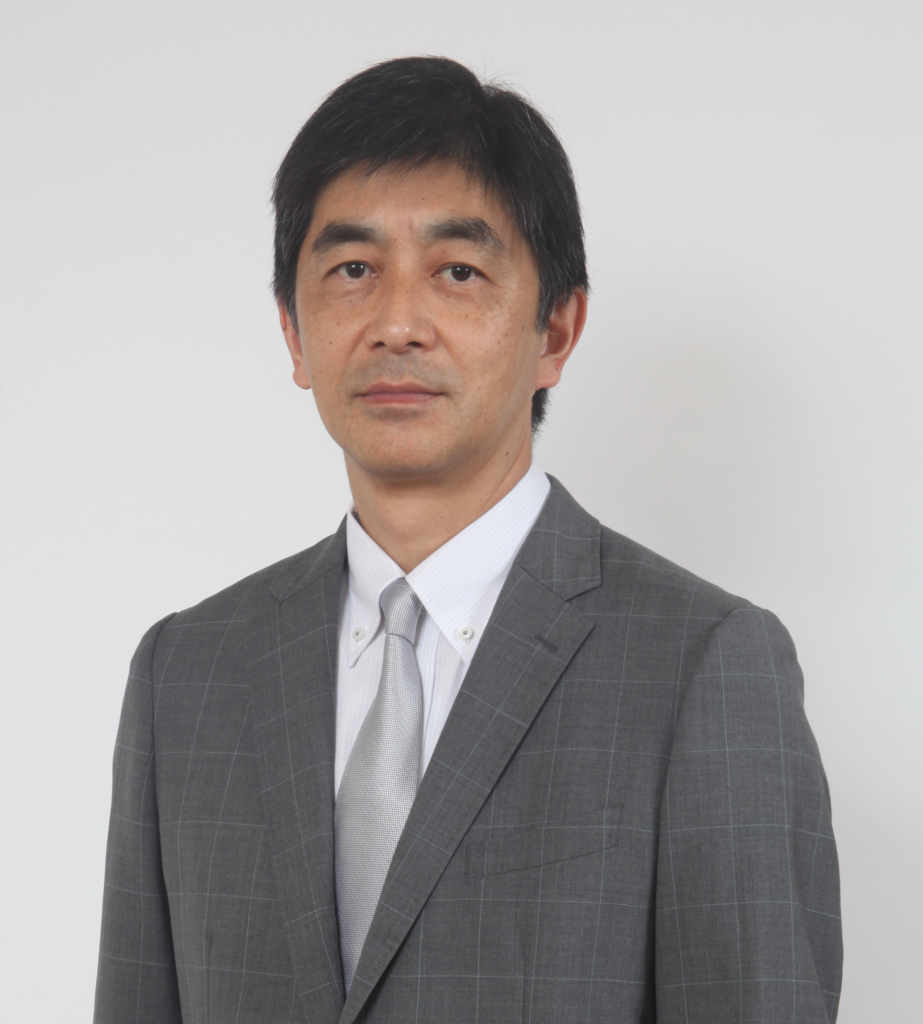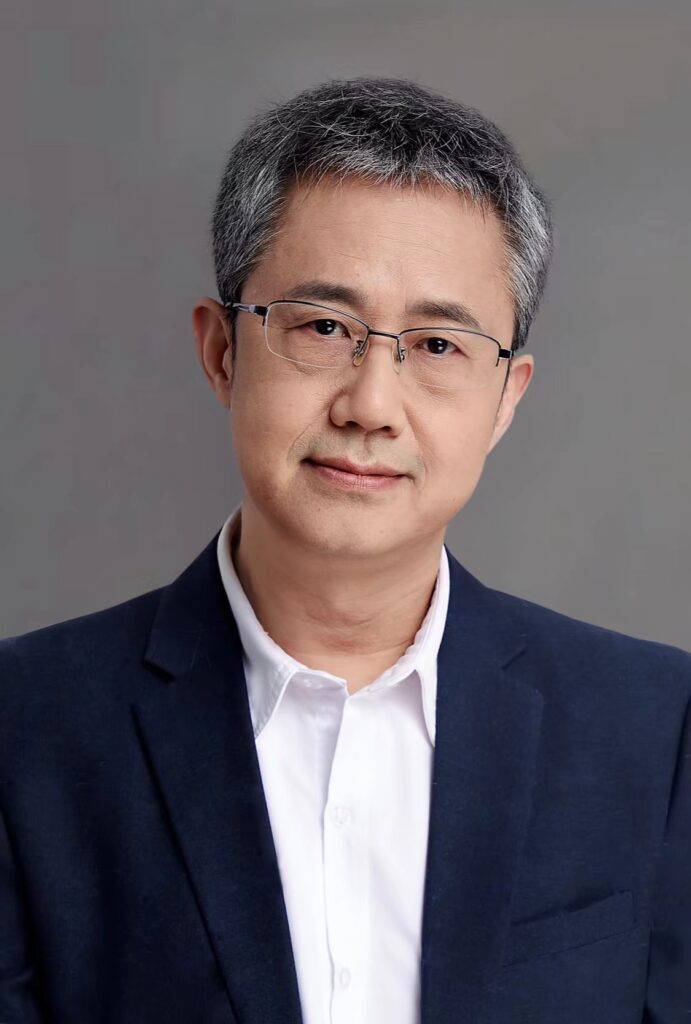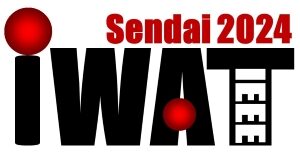Keynote Topics
Multi-Beam and Multi-Sector Antennas for Mobile Communication Systems
Prof. Hiroyuki Arai, Yokohama National University
Abstract
Land mobile communication systems have overcome the problems of multi-path fading by diversity schemes in cellular services, and a large number of diversity antennas have been developed for mobile equipment and base stations up to 4G cellular systems. Recent 5G and beyond systems use conventional antenna technologies and also utilize the beam forming antenna so-called massive MIMO, or multi-sector antenna to enhance the channel capacity by increasing the antenna gain and suppressing the interference. Digital beam forming (DBF) antennas introduced in 5G system are flexible to provide required beam pattern to user position, resulting in the increase of power consumption due to a lot of transceiver units. Multi-beam antenna (MBA) is another scheme instead of DBF antenna. The number of beam selection is limited in MBA, which is compensated by well-designed siting of base stations based on the understanding of propagation environment. An advantage of MBA is to reduce the number of transceiver units and to suppress the power consumption. MBA is an advanced pattern diversity antenna developed for the past cellular systems. This talk presents a brief history of diversity and MIMO antennas and discusses the design of low-profile MBAs for mobile equipment and indoor base station antennas. Low profile uni-directional antennas are designed by printed Yagi-Uda antenna, planar array with phase switching circuits and the combination of several antenna elements. These examples and their applications are presented in detail and pattern control to adjust the beam tilt angle is also discussed.

Biography
Hiroyuki Arai received the B.E. degree in Electrical and Electronic Engineering, M.E. and D.E. in Physical Electronics from Tokyo Institute of Technology in 1982, 1984 and 1987, respectively. After research associate in Tokyo Institute of technology, he joined Yokohama National University as lecturer in 1989. Now he is professor in Department of Electrical and Computer Engineering, Yokohama National University. He was visiting scholar at University of California, Los Angeles in 1997 and was visiting professor in 2005 and adjunct professor, 2012 -2014, respectively, at Yonsei University, Seoul. He investigated microwave passive components for high power handlingapplications such as RF plasma heating in large Tokamaks. He developed a flat diversity antenna for mobile telephone terminal, a polarization diversity base station antenna for Japanese PDC systems, small base station antennas of In-building micro cellular system and DOA estimation for cellular system. He received the Young Engineers Award from the IEICE of Japan in 1989 and the “Meritorious Award on Radio” by the Association of Radio Industries and Businesses in 1997, 2006, 2011 and 2023. He was editor-in-chief of IEICE Transactions on Communications, 2005 -2007, and was chair of IEEE AP-S Japan Chapter, 2009 – 2010. He was associate editor of IEEE Transactions on Antennas and Propagation, 2011-2013, chair of Technical Group on Antennas and Propagation of IEICE, 2013-2014 and chair of ISAP ISC, 2022-2023. He is Fellow of IEEE and IEICE. He served the general co-chair of iWEM 2014 and the general chair of ISAP 2020, Osaka, Japan.
Information Metasurfaces for 5G and 6G
Prof. Tie Jun Cui, Southeast University
Abstract
Recently, we have proposed the concepts of digital coding metamaterials and metasurfaces, in which the meta-atoms are represented by using digital states of phases, instead of effective medium parameters. The digital representation of metamaterials makes it possible to manipulate the electromagnetic waves and process the digital information simultaneously on the same platforms, evolving the new direction of information metamaterials and metasurfaces. In this talk, I will introduce the recent advances of information metamaterials used for 5G and 6G, including wireless environment controls, electromagnetic information theory, new-architecture wireless communication systems, secure wireless communications, intelligent imaging and sensing.

Biography
Tie Jun Cui is the Chief Professor of Southeast University, Nanjing, China, the Director of State Key Laboratory of Millimeter Waves, and the Founding Director of Institute of Electromagnetic Space, Southeast University. His research interests include metamaterials and computational electromagnetics. He proposed the concepts of digital coding and programmable metamaterials and established the new direction of information metamaterials, which can bridge the physical world and digital world and realize new-architecture information systems. He published over 600+ peer-reviewed journal papers that have been cited by more than 62000 times (H-factor 123), and received many awards, including the National Natural Science Awards of China in 2014 and 2018. Dr. Cui is an Academician of Chinese Academy of Science and IEEE Fellow.
Programmable Electromagnetic Environments: Modelling, Optimization and Applications
Prof. Gabriele Gradoni, University of Surrey
Abstract
We provide an overview of advanced physics-based modelling and optimization of smart electromagnetic environments, touching upon electromagnetic theory as well as quantum algorithms. While the possibility of controlling the wave energy flow comes to fruition through reconfigurable meta-surfaces, the creation of real-life programmable electromagnetic environments critically depends on i) accurate and self-consistent physics-based channel models; ii) efficient optimization algorithms for the design of environment-aware meta-surfaces. Concerning i), we have devoted our research efforts to developing first-principle electromagnetic models based on impedances, which are prone to include multipath fading originating from scattering clusters. As for ii), we have demonstrated the advantage of using quantum annealing to rapidly search for the ground state, i.e., the optimal state of large reconfigurable meta-surfaces. Subsequently, we have studied the onset of surface-assisted channel hardening, a self-averaging effect that improves wireless signal stability against multipath fading and interference through large and dense reconfigurable meta-surfaces. The outcome of this study enables several advanced applications, including interference mitigation and coexistence of heterogeneous network technologies.

Biography
Gabriele Gradoni received the Ph.D. degree in electromagnetics from Universita Politecnica delle Marche, Ancona, Italy, in 2010. He was a Visiting Researcher with the Time, Quantum, and Electromagnetics Team, National Physical Laboratory, Teddington, U.K., in 2008. From 2010 to 2013, he was a Research Associate with the Institute for Research in Electronics and Applied Physics, University of Maryland, College Park, MD, USA. From 2013 to 2016, he was a Research Fellow with the School of Mathematical Sciences, University of Nottingham, U.K., where he became a Full Professor of applied mathematics and electromagnetics engineering in 2022.
In May 2023, Gabriele joined the Institute for Communication Systems, University of Surrey, as a Full Professor and Chair in Wireless Communications. Currently, he is also an Adjunct Professor with the Department of Electrical and Computer Engineering, University of Illinois at Urbana–Champaign, USA, and a Visiting Fellow with the Department of Computer Science and Technology, University of Cambridge, U.K.
His research interests include electromagnetic modelling of complex systems, meta-surface modelling, stochastics electrodynamics, wave chaos, and quantum computational electromagnetics, with applications to electro-magnetic compatibility and modern wireless communication systems.
He received several international awards including URSI Commission B. Young Scientist Award in 2010 and 2016, the Gaetano Latmiral Prize in 2015, and the Honorable Mention IEEE TEMC Richard B. Schulz Transactions Prize Paper Award in 2020. From 2014 to 2021, he was the URSI Commission E. Early Career Representative. Since 2020, he has been a Royal Society Industry Fellow at British Telecom, U.K.

